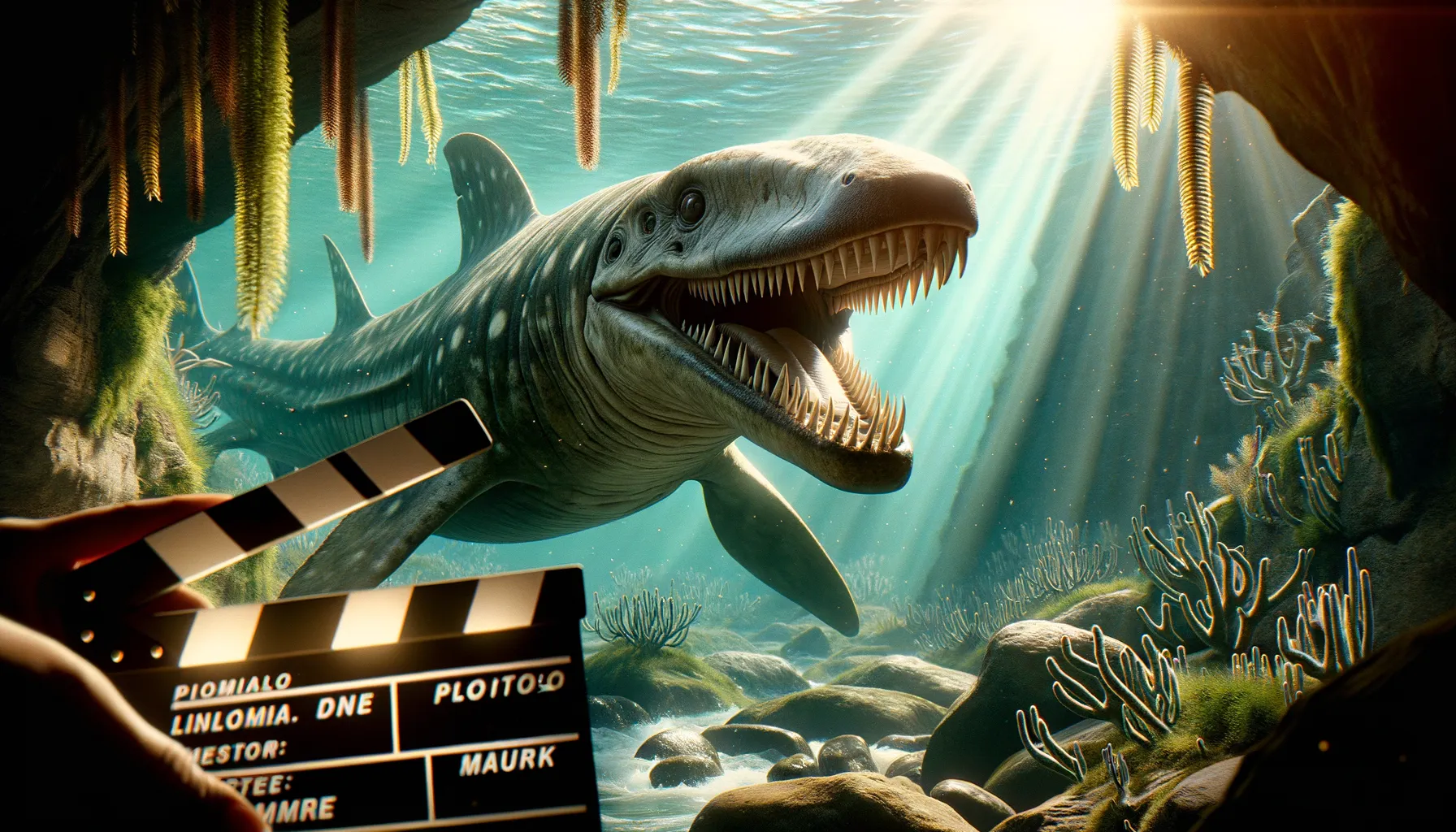
Squalodon
The predator with a toothed smile.
Period
Oligocene
Length
Could reach lengths of about 2.5 to 3 meters.
Height
Height not accurately determined.
Weight
Estimated to weigh around 400 kilograms.
Squalodon was a prehistoric marine mammal with shark-like teeth, which has sometimes led to misunderstandings about its identity as a dinosaur. In reality, Squalodon belonged to an ancient group of toothed whales that roamed the seas during the Oligocene epoch. Its distinctive dentition indicates a likely adaptation for a carnivorous diet, though much about its ecology remains in the realm of informed speculation due to the scarcity of fossil evidence.
Diet
Squalodon fed on fish and possibly small marine creatures. Its teeth were adapted to grasp and tear prey.
Hunting
Squalodon likely hunted using speed and stealth, much like modern toothed whales. Its feeding strategy probably involved chasing down agile prey in the open ocean.
Environmental challenges
Living in the Oligocene seas, Squalodon faced climate fluctuations that impacted sea levels. These changes might have affected food availability and habitat stability. Additionally, they had to navigate a marine environment with varying ocean temperatures and currents.
Speed
Squalodon likely moved swiftly through water.
Lifespan
Might have lived around 20-30 years.
First discovery
First discovered in the early 19th century.
Fun Facts
- Squalodon is often mistaken for a dinosaur but it was actually an ancient whale that lived during the Oligocene to Miocene epochs.
- Despite its shark-like name, Squalodon had serrated teeth, which is why its name means 'shark-toothed'.
- Squalodons were marine mammals, part of the group of early toothed whales that include modern dolphins and porpoises.
- Fossils of Squalodon have been found in various parts of the world, including Europe, North America, and South America.
- These creatures are known for their long, narrow rostrum, or snout, which hinted at their adaptation to a fast-moving aquatic lifestyle.
- Squalodon first appeared around 33 million years ago and they lived at a time when the Earth's climate was transitioning from the warm Paleocene-Eocene thermal period to a cooler climate.
- Researchers believe that Squalodon's serrated teeth were used for catching prey like fish and squid, making it a formidable predator in ancient seas.
Growth and Development
Juvenile Squalodons were likely cared for by their mothers, similar to modern whales. As they grew, their teeth developed distinctly, reflecting their adaptation to a capturing and slicing diet. They reached full maturity within a few years of birth.
Habitat
Squalodon inhabited warm, shallow seas that provided abundant food resources. Their range likely included coastal areas where they could find protection and ample prey. They had the ability to adapt to open ocean conditions as well.
Interaction with other species
Squalodon may have competed with other marine predators for food resources. Their presence in the ocean ecosystem played a role in maintaining the balance between prey species. They had interactions with similarly sized aquatic organisms, although the nature of these interactions remains uncertain.
Natural lifespan
They naturally lived around 20 to 30 years.
Reproduction
Squalodon likely reproduced in a manner akin to modern marine mammals, giving birth to live young. This reproductive strategy allowed the species to nurture and protect offspring in a challenging marine environment.
Social behaviour
Possibly lived in small pods like modern cetaceans. Their social interactions may have included cooperative hunting strategies and vocal communication for maintaining pod cohesion.
Fossil locations
Fossils have been found primarily in Europe, with notable discoveries in France and Italy. These fossil sites provide crucial insights into the marine life of the Oligocene period.
